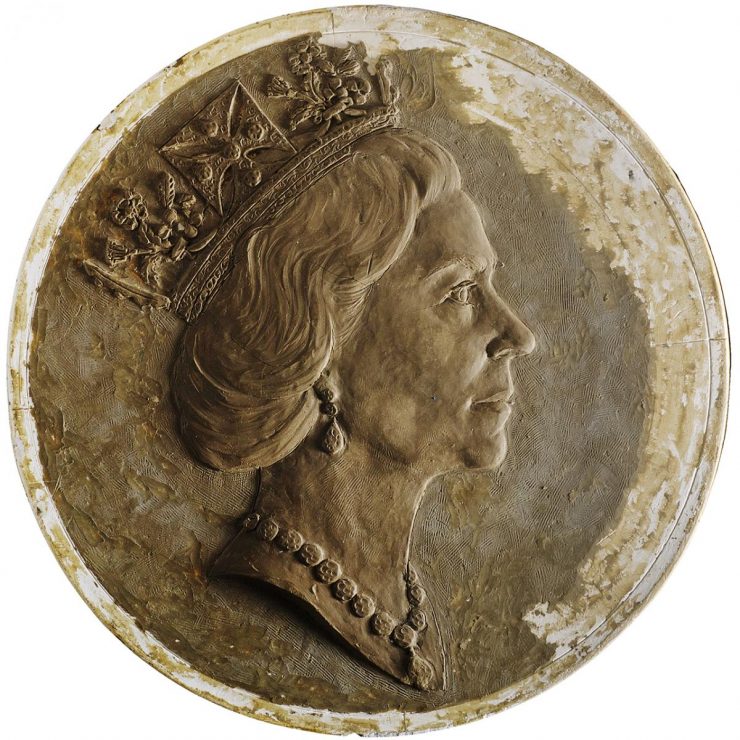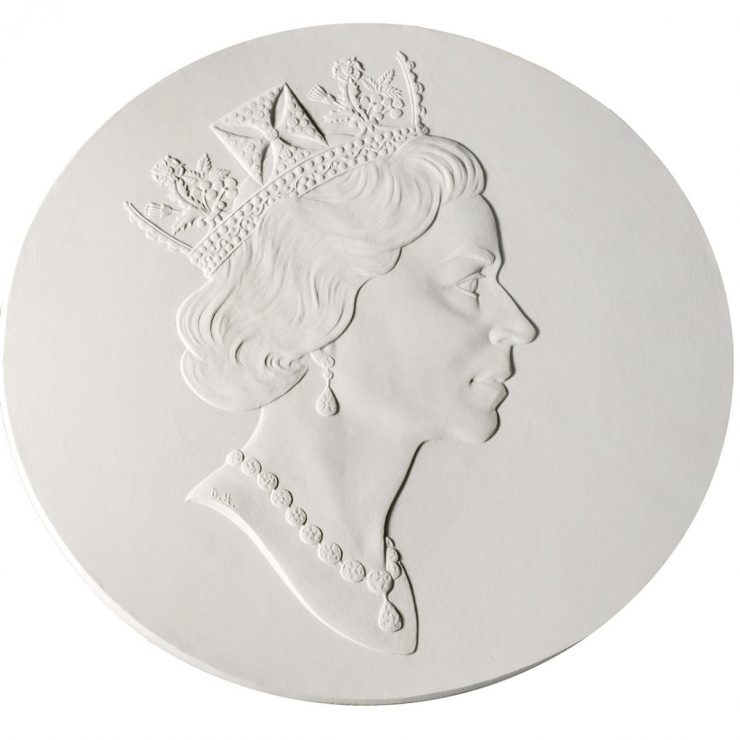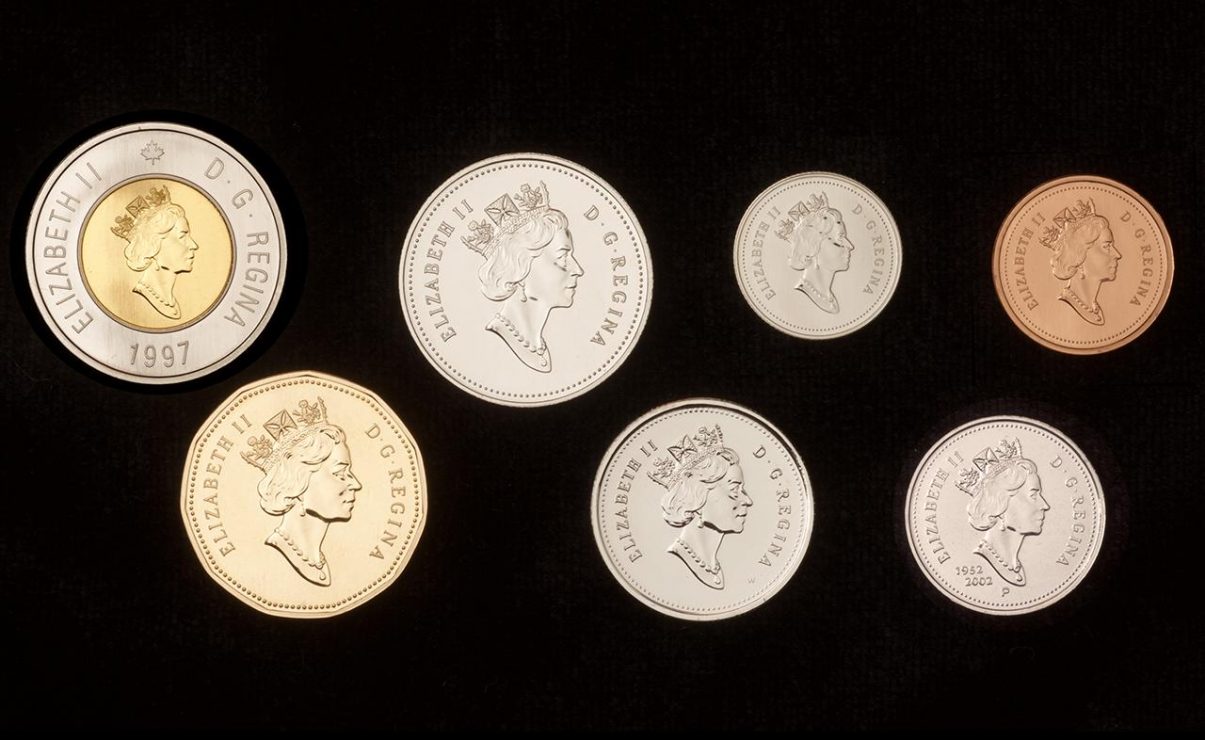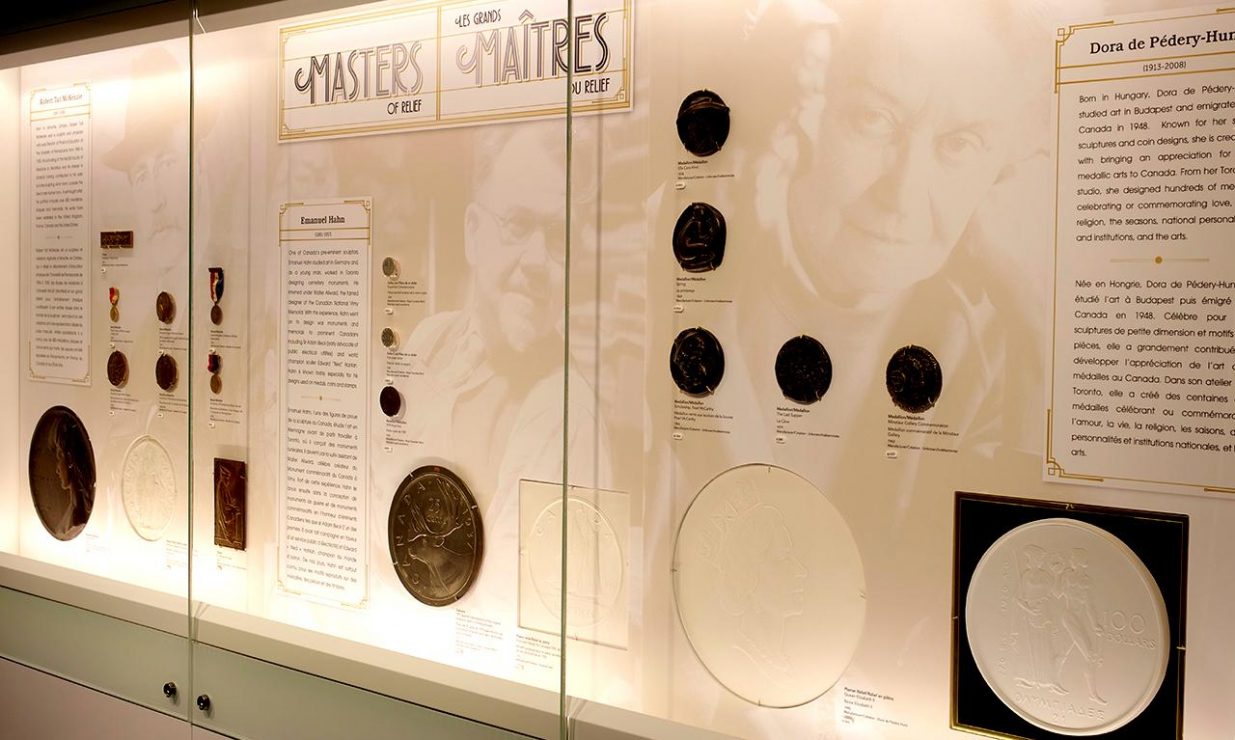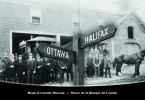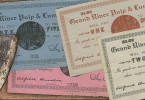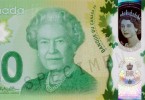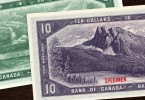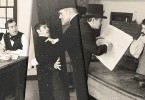Sculptor Dora de Pédery-Hunt
You will not see Dora de Pédery-Hunt’s signature on any coin, but you will see her initials on the Queen’s shoulder.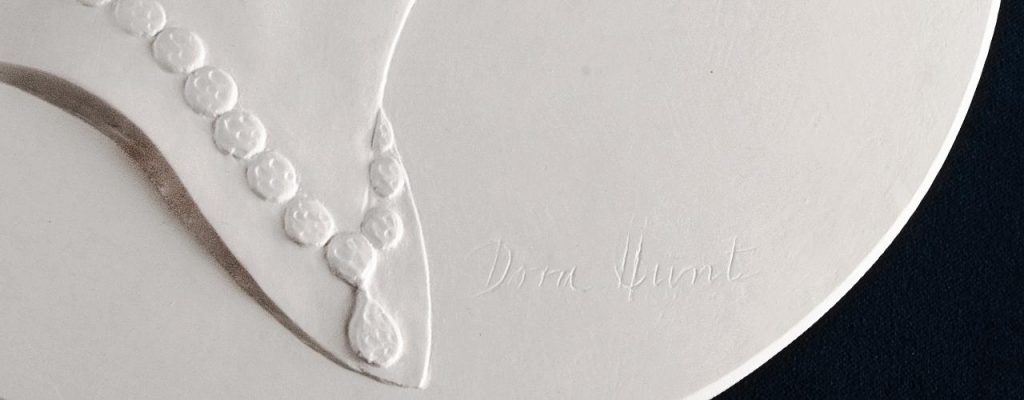
Limited Edition plaster reproduction of working model, #21 of 275. (NCC 2009.020.003)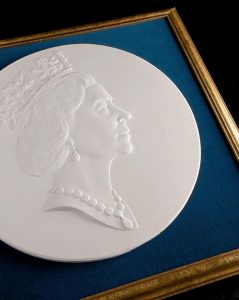
Dora de Pédery-Hunt’s work is as familiar as the change that jingles in your pocket. In all likelihood, you have come in contact with her work while using coins to pay for your morning cup of coffee. Dora de Pédery-Hunt was the first Canadian artist to design and sculpt an effigy of Queen Elizabeth II for coinage. Incidentally, this was the first time someone other than a British citizen had designed an official depiction of Queen Elizabeth II for this purpose.
When the Royal Canadian Mint (RCM) selected Dora’s design, she painstakingly began working on a clay model. All of the details had to be carefully considered, as the depth of the relief had to be suitable for producing coins. This model was then captured in plaster, where additional refinements could be made. Any errors could easily be corrected at this stage with the addition of more plaster. The size of the plaster is usually several times larger than the actual coin in order to capture all of the fine details.
At the time, there were many steps between the plaster model and the production of coins. Today, the process has been significantly refined. The plaster model is scanned in 3D and any final corrections or enhancements can be made digitally. Guided by this digital file, an engraving machine cuts the design into a piece of steel at the correct size of the coin. Known as a reduction punch, this piece of steel is then used to make the dies which will actually strike the coins. The tremendous pressure used to strike the coins wears down the dies, so the mint will periodically use the punch to create new dies.
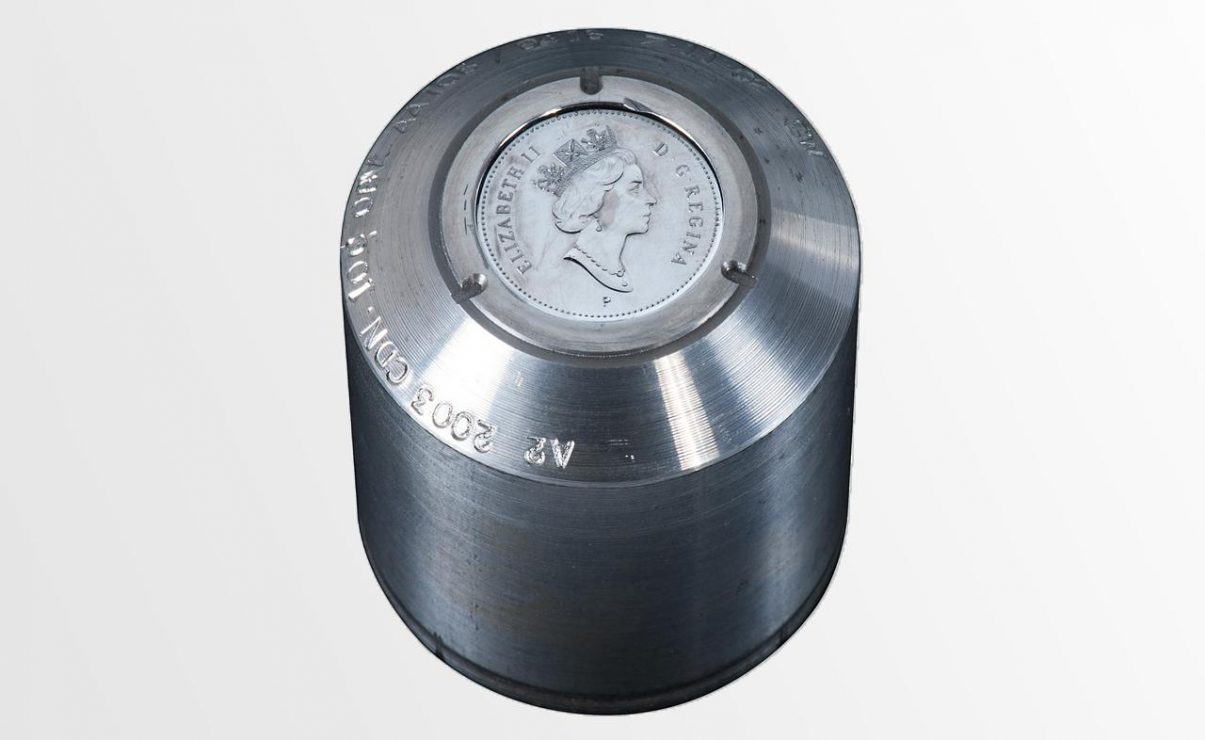
In 1999, the “P”, under the portrait on this punch, was added by the RCM to indicate a change in metal from nickel to multi-ply plated steel. (NCC 2010.058.006)
This portrait has appeared on all Canadian coins minted between 1990 and 2003.
The Museum Blog
What’s in Your Stocking?
By: Graham Iddon
Every prop in the holiday drama generally has some sort of symbolic meaning—evergreen trees: life in the dead of winter, holly: Christ’s crown of thorns, the dreidel: Jewish resistance to oppression. Money, on the other hand, only seems to symbolize itself.
Money from Space
Do you notice anything peculiar about this bank note? It’s blue; it’s denominated as 5-dollar; it has handsome portraits of Sir Wilfred Laurier on it…hold on a minute!Royal Canadian Numismatic Association
By: Raewyn Passmore
Nova Scotia has long been a centre of trade that connected Europe, New England and the West Indies. Following the American Revolution, Halifax became the primary British port in North America and a hub of financial activity.
Unpacking the Collection 3
By: David Bergeron
Before banks were established in remote regions of Canada, paying employees involved shipping currency long distances into wild and often lawless locations. The alternative to this risky enterprise was for the company to issue its own money. Called scrip…
The 2015 Commemorative $20 Bank Note Revealed
By: Graham Iddon
It’s a historic day for us as well. It isn’t every day that the Bank of Canada introduces a new commemorative note.
Unpacking the Collection 2
By: David Bergeron
During 1952, Comfort produced a number of pencil and watercolour design models for the face of the new notes. Some were updates of the traditional style while others were radically modern treatments.
Swindle! Canadian Phantom Banks
By: Graham Iddon
In exchange for pizza and a day out of the office, several Bank employees were persuaded to dress up in period costumes and re-enact three key moments from the history of this shady “bank”.
